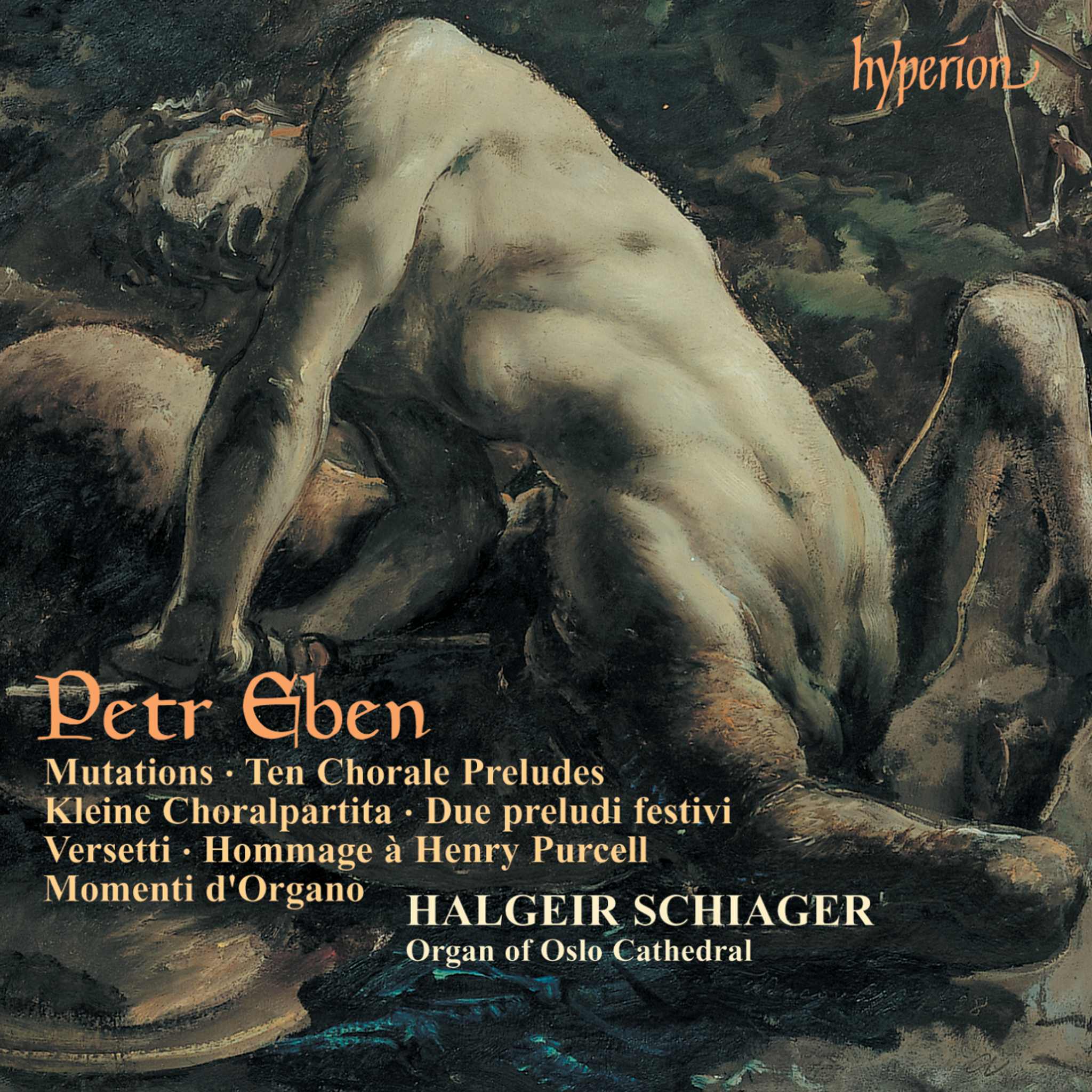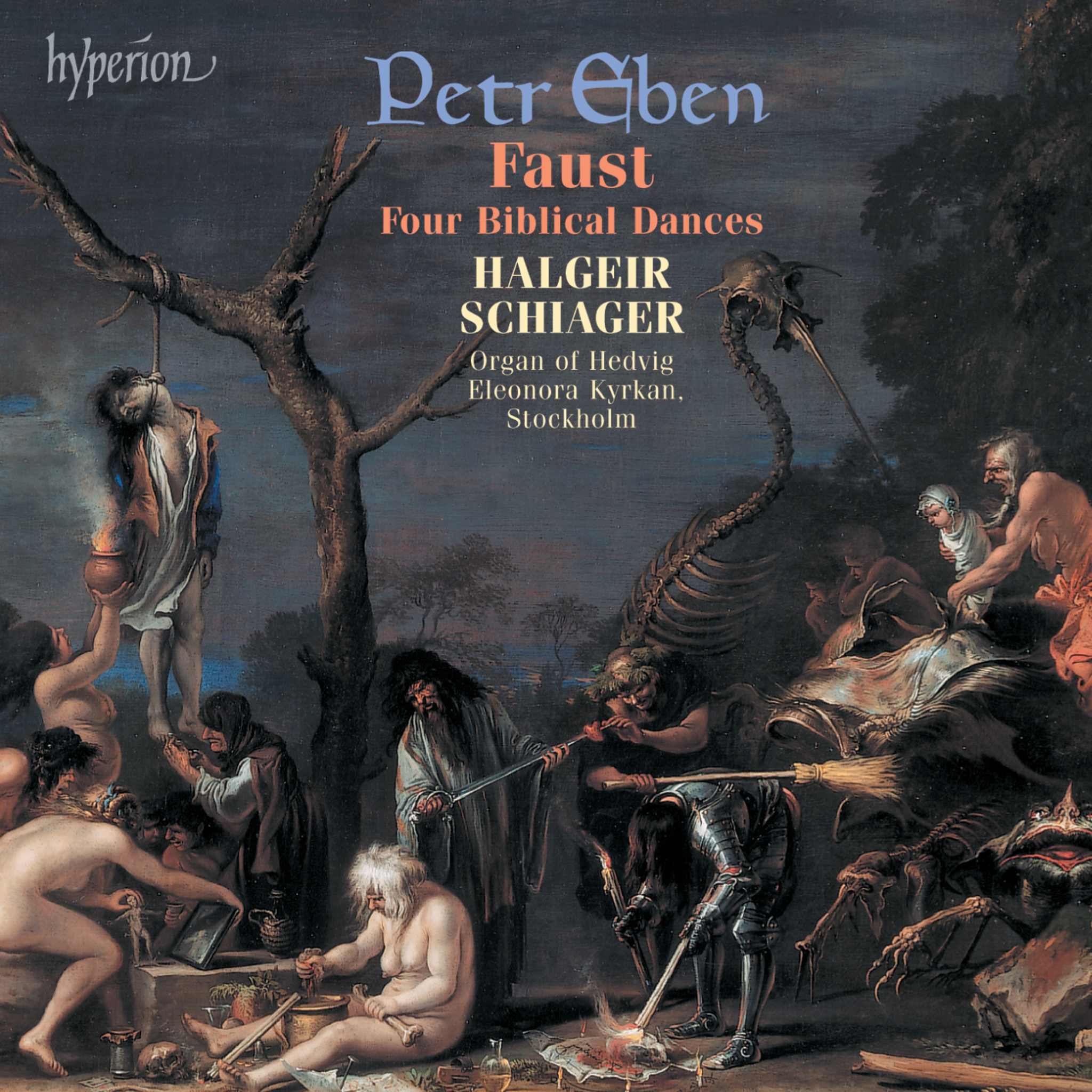Album insights
In this episode of the recording series, we encounter Liszt, the cosmopolitan, Liszt, the friend of royalty, and Liszt, the constant reviser of his works. The program here oscillates between the original versions, showing the composer's spontaneous reactions to the text, and later versions revealing an older, sadder, yet always adventurous composer exploring different paths from the firebrand of the 1840s.
The poet Franz von Dingelstedt, dismissed by the Munich court theater due to false accusations in 1856, was generously assisted by Liszt, who secured him a similar position in Weimar. However, a rift developed between the two, and two years later, Dingelstedt played a significant role in Liszt's forced resignation as Kapellmeister. Known primarily for his political verses, Dingelstedt's conventionally expressive and cliché-laden love poem titled "Schwebe, schwebe, blaues Auge," set to music by Liszt in 1845, illustrates a different side of the composer. Liszt's harmonically bold and tonally daring signature shines through, transitioning from "Night and Winter" in F minor to a sudden dawn in D flat, leading to a radiant A major at "Day and May" as expected.
Liszt shared a close friendship with Prince Felix von Lichnowsky, further exploring the history associated with Mozart and Beethoven. Together, they discovered the Rheinische Island of Nonnenwerth, inspiring Liszt's musical interpretation of Lichnowsky's poem "The Cell at Nonnenwerth." Liszt's various arrangements for voice, piano, and later versions hint at the depth of their collaboration and shared experiences on the island.
Liszt's interpretation of "Kling leise, mein Lied" by Austrian journalist Johannes Nordmann showcases the evolution of his compositions. Variations in melodies, arrangements, and subtle instructions highlight Liszt's penchant for refining his musical creations over time.
Exploring the character of Mignon from Goethe's Wilhelm Meister's Apprenticeship offers insights into Liszt's passionate musical portrait of this enigmatic figure. Liszt's distinctive late romantic style captures Mignon's longing for a lost ideal, imbuing each note with a sense of profound emotion.
The lore surrounding Wilhelm Tell by Aegidius Tschudi, popularized by Goethe and later dramatized by Schiller, unveils a layered narrative interwoven with historical and mythical elements. Liszt's composition reflects the saga's tension and depth, drawing on elements of the legendary Swiss hero's tale.
Within the context of various roles, Ludwig Rellstab's depiction of Swiss landscapes and rustic themes in Schubert's "Schwanengesang" and Liszt's "Swan Song" encapsulates an essence of wanderlust and contemplation. Liszt's adaptations and revisions of traditional folk themes speak to his artistic versatility and sensitivity to historical narratives.
Helene von Mecklenburg-Schwerin's collaboration with Liszt on "Die Macht der Musik" echoes the power of music in evoking emotional landscapes. Liszt's intricate piano accompaniment, dramatic contrasts, and vocal expanse capture the essence of the lyrical narrative, underlining the potency of music.
The enchanting mystery of the Lorelei myth, immortalized by Heinrich Heine, captivated Liszt's imagination, resulting in multiple versions that underscore the allure and tragedy of this legendary figure perched on the Rhine cliffs.
These diverse musical explorations reveal Liszt's deep resonance with literary and historical figures, showcasing his ability to translate complex narratives into emotional and evocative musical compositions.




